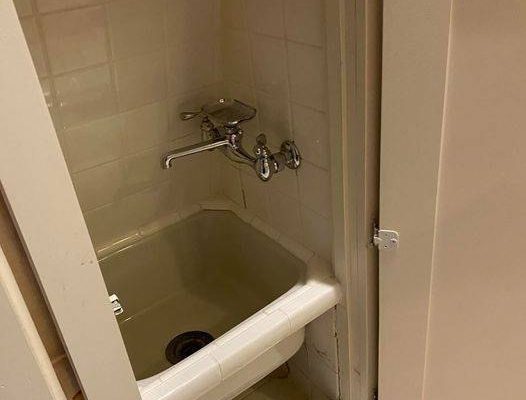Some parts of home architecture and interior design tell us a lot about the way people lived, how society worked, and how they thought about ergonomics at the time they were made.
One interesting item is the old sink that was made to be used for mopping and is set at knee-level. This simple but clever feature was once common in old stately homes and manors. It gives us an interesting look into the practical side of running a household and how home design has changed over time to meet people’s needs.

The antique sinks, which were made from stone to early forms of porcelain, were placed at a lower height so that mop buckets could be filled and emptied more easily without having to be lifted.
It was important for household chores to be practical and efficient, and this design feature showed that a lot of thought went into the health and comfort of the servants or staff members who did these chores.
The knee-level mopping sink was usually put in the utility room or the back hall, away from the main living areas. This was done to keep housework out of the sight and mind of the more refined people who lived in the house. Its presence reminds us of a time when doing things by hand was normal and inventions that made those tasks easier were seen as very valuable.
In addition to being useful, the old mopping sink shows how well-made things were back then. Many of these sinks were beautifully made, and some even had ornate details or writing on them that made an otherwise useful item important for its looks. Many of these sinks have been kept alive to this day thanks to the durability of the materials used. They are now treasured as unique historical artifacts or used as decorative elements in modern homes.
The old mop sink is a cultural and architectural relic that shows how people used to do things around the house. The image makes us think of how home design is always changing to adapt to changes in work and social life in the family. For historians, architects, and antiques fans, these sinks are more than just useful artifacts. They are also symbols of how people in that era thought about design, functionality, and setting off social areas in the home.




